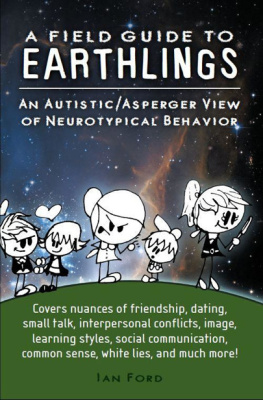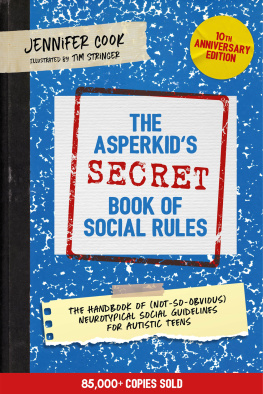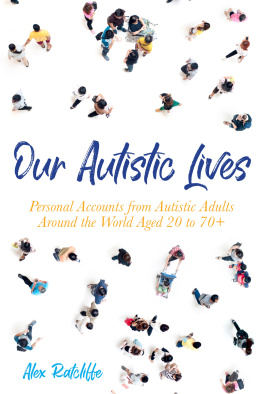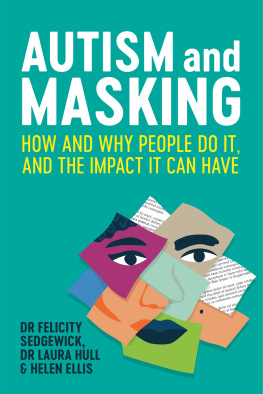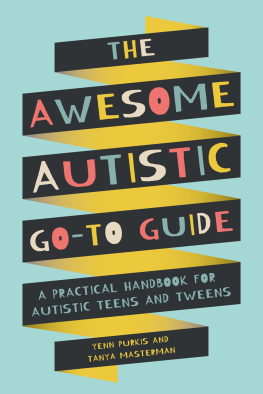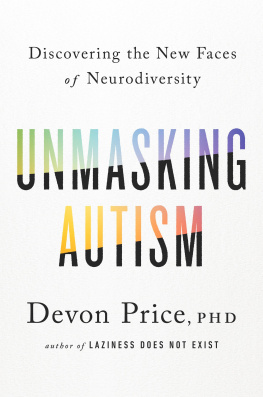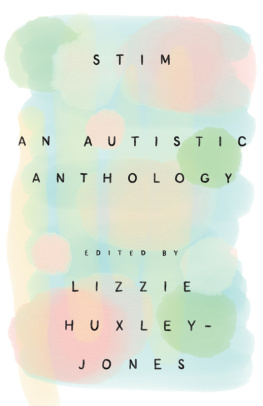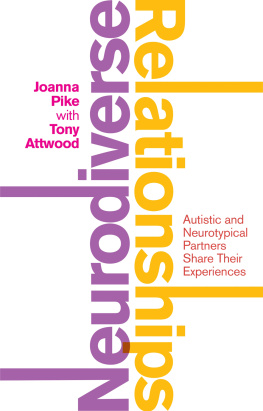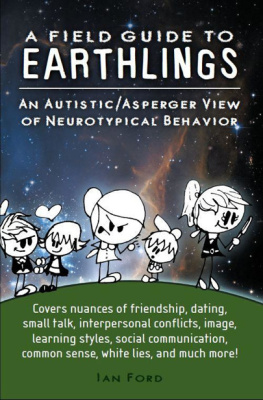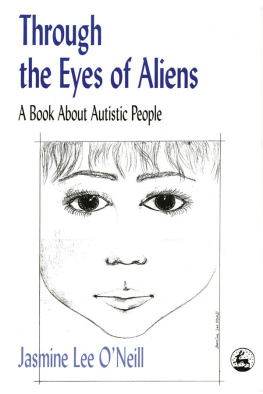A Field Guide to Earthlings:
An autistic/Asperger view of neurotypical behavior
Covers nuances of friendship, dating, small talk, interpersonal conflicts, image, learning styles, social communication, common sense, white lies, and much more!
by Ian Ford
Illustrated by Stephanie Hamilton
A Field Guide to Earthlings.
Copyright 2010 by Ian Ford.
All rights reserved.
Credits: Illustrations by Stephanie Hamilton. Cover art by Brianna Petersen. Cover design by Adam Ford. Cover photo by Space Telescope Science Institute (www.hubblesite.org). Photo of marching band by Terry Shuck, available under the Creative Commons Attribution 2.0 Generic license (http://creativecommons.org/licenses/by/2.0/deed.en).
Publisher:
Ian Ford Software Corporation, Albuquerque, NM
www.ianford.com
Books web site: www.afieldguidetoearthlings.com
ISBN: 9780615426198
Library of Congress Control Number: 2010918011
First printing: December 2010
Contents
Pattern 35. Confidence
Pattern 59. The sexual tease
Introduction
Hello! This book reveals psychological patterns of neurotypical (NT) humans, from an autistic perspective. I wrote it to help you understand them. You might read it if you are autistic (or Aspergers) and have to work harder to understand why people do what they do, or you might read it if you are neurotypical and want to understand an autistic person in your life, or you might read it because you are interested in new ways of looking at personalities and behavior.
A large majority of people are neurotypical. The word neurotypical (or NT) is not derogatory or complimentary - it is neutral. The label is not normally used by people to describe themselves, but is often used from an autistic perspective to name those people who are not labeled as autistic, ADD, ADHD, or any other specific neurological condition.
Ive spent the last 42 years living among and studying these curious creatures. It has been a difficult life, and actually not one that I would have chosen. I will restrict my autobiography to a single paragraph, so that I dont lose my readers too early on. I first arrived on Earth through the labors of my mother, who gave me milk, and, later, piano lessons. I went to preschool with Andrea, and I remember there was a vague mass of other children whose names didnt interest me. I learned to play sonatinas, make tri-fold display boards for science fair projects, and several other things that resulted in childhood honors. I made tree forts with my friend Sarah. My inner life was only open to a select few including her and my cousin Emily. My parents went along with my androgynous ways and my demands for order, and they never started talking about making them proud until it was far too late. Other people, of whom I had limited use, were strangely offended at my unexamined assumption that I was great, and I felt they kept getting in the way of its fruition. I was lost and depressed during the first seven years of my eternal adolescence, punctuated by brief and deep friendships like Melissa with whom meaning flowed out into the world around us, and by my trip to Africa where I was nearly comatose on the outside but was secretly ecstatic. Believing mutual love was unlikely, I married my first girlfriend after a reasoned cost-benefit analysis, and had one daughter. I had retained my girlhood innocence and a save-the-world idealism that fueled a series of philanthropic projects and efforts to belong, all of which upset someones apple cart and ended with me being ejected back into anonymity. I was weak, defenseless, and apparently dangerous. All of this was before I found out they were neurotypical and I was not. Im now married again and live fairly peacefully with a wife, daughter and stepdaughter.
The 62 patterns in this book will explain what Ive learned from my observations, colored as they are by my involvement in the subjects of my study. It will show how and why NTs live in complex competitive social structures, why they have elaborate mating rituals, how they display feelings for intentional effect, and it will reveal many more fascinating abilities of the species.
It is organized from the ground up: the physical and perceptive functions first, then the inner workings of the mind, then building to the NTs relationships and roles in the wider world. It also contains the script of a play whose ten scenes provide some examples of the patterns.
My hope is that you will be able to get the patterns fixed in your mind through my explanations, plus from the dialog in the play, then as you go about your life, you will recognize the patterns in the people around you. In the past I have seen NTs negatively as just a weak-minded herd of clones who waste all their time pointlessly talking about nothing, but Ive begun to see them more positively as a result of understanding their wiring. This book might help you see what they are doing in a more forgiving and deeper way, and help you understand why the time they spend doing those NT things is not actually a waste. After reading the book, you might be somewhere (a place youve been before) and see people interacting (like they have before) but you may see it in a new light. You might recognize a pattern from the book, and you might stop seeing the NTs as being so pointless or mystifying.
If you get lost in the abstractions of the 62 patterns, you might skip ahead to the last section, Whats an autie to do, which has personal advice on topics such as loneliness and authenticity. This kind of autistic-oriented advice is rare to nonexistent in self help books, and I hope that this unique section of the book will be helpful to you.
Language and culture
Before we get into the explanation of NTs, we must first define some terms related to language and culture. NTs are all about culture; culture is an extension of language, and so we begin with clarity about language.
Linguists refer to signs as the most general concept that includes words, gestures, icons, and other cultural symbols. In this book we will not get into linguistics in much detail, and will just use the term symbol for all of those concepts. Thus, a word is a symbol, a cheer or other non-word sound is a symbol, and a hand gesture or intentional pose is a symbol. We will also include cultural patterns as symbols, such as styles of dress, events, architectural styles, sports, political views, and anything else that can be named and has a culturally specific meaning. By culturally specific, we mean something that means or could mean something else in a different culture. For example, in one culture, turning a dinner cup upside down could mean you dont want any more drink, but in another culture it could mean you are insulting the cook. So, the act of turning a cup upside down is a culturally significant symbol.
A symbol has two sides: the signifier and the signified. The signifier is the word or other shortcut that refers to the signified , which is the meaning or the thing represented by the word . Rabbit is a word (signifier) pointing to all actual rabbits (signifieds).

A symbol consists of a signifier and a signified.
There is a difference between symbols in the cultural sense and the names of natural things. A pine cone, for example, existed before people named it and is thus not a symbol in that sense. But people also have associations and expectations about pine cones. Displaying a pine cone on the counter in a post office could mean something, so in that sense it is also a cultural symbol. There are very concrete symbols such as the names of plants, and more abstract symbols such as words describing parliamentary procedure or the display of a pine cone.

